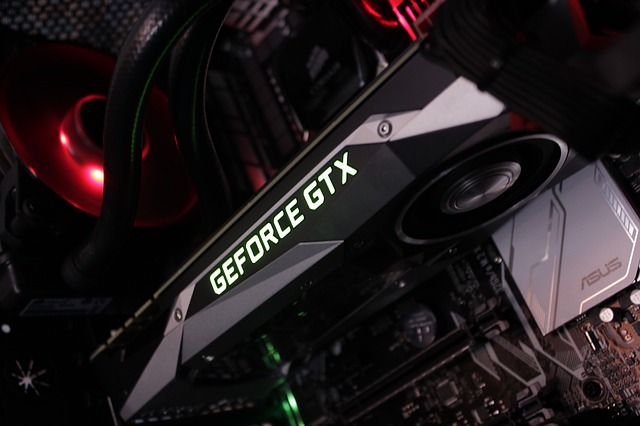Finding out that your graphics card won’t detect can be a minor headache. However, there are several fixes that you can try to get it working again. We’ll go through the most common solutions and show you how to fix your graphics card if it’s not detected and running properly.

Table of Contents
Check the card’s cables
You need to check all cables to ensure they are secure from any loose connections or breaks. This includes the cable that connects from your graphics card to the motherboard. Make sure it is properly inserted and not bent in any way.
To fix your graphics card, make sure all necessary cables are plugged in and secure so power is transferred properly from the power supply and that they’re connected securely to the motherboard. This will help ensure it detects properly as well! It is best to make sure all cables are connected securely before trying to diagnose the problem.
And, you need to make sure that your graphics card is seated properly, not upside down. There are many situations when user injects the graphic card into the motherboard slot wrong.
Make sure the card work
If you are switching from an old card to a new one, try putting the old one in first and then the new one. Old card on, graphics not detected? If it’s still not working with your old card in there, try cleaning the slot of any dust or debris that may be blocking proper contact between the motherboard components.
If you are switching to a different type of card from an OEM company (for example: NVIDIA to AMD), make sure the card is compatible with your motherboard’s CPU. If you’re not sure, try downloading a compatibility list off of their website and see which cards are checked for that specific type of chipset or processor before buying one.
Next step is to verify your new card’s state by injecting it to another computer to see if it is detected. It’s a good idea to disconnect your old card before trying this so you know exactly what the problem is with your new graphics card.
If it doesn’t detect on another computer, there may be an issue with that motherboard slot and not just the graphics card – which means you will need to get a replacement for the motherboard slot.
Update driver
If you’re using AMD Graphics Cards, try updating your drivers first by going into Device Manager on Windows and clicking “Update Driver Software”.
It is also a good idea to make sure that the computer is updated with Windows updates.
This should be done every now and then so there are no issues down the road – just in case you need to update your drivers or windows software for other reasons!
The chance of incompatibility is less if both components have been recently updated, but it never hurts to make sure.
If none of these solutions work, try reinstalling the graphics drivers on your computer.
Once you install new drivers, restart the computer and make sure to update any other drivers that may need it as well – It is always a good idea to do this every now and then so there are no issues down the road!
Is your PSU’s power enough?
Graphics cards require an adequate amount of power to run properly. If your graphics card is not getting enough power, it will turn off and you won’t be able to use the computer until it is detected again – which may never happen! Check that your PSU has at least 400 watts of continuous output (as well as wattage depending on what graphics card you’re using).
Make sure to research your graphics card’s power needs before buying a PSU. The wattage required will be listed in the specs – and then make sure that your current or new PSU has enough continuous output for it! If not, get a bigger one! Or trade out the old one if needed so that all your components can work together.
If your PSU has enough power and you are sure that all of your cables are plugged in correctly, next check to see if there may be a loose connection on the power supply cable. Make sure it’s connected properly with no bending or kinks and verify that any adapter plugs into it securely (especially for ATX motherboards).
Check if your card is physically broken
If you’ve been having issues with your credit card not reading properly, try checking the physical status of it. Is there any damage or missing parts?
With the card’s heatsink properly secured, and no evidence of scorch marks or swollen capacitors on your device, you’re in good shape.
Other methods you can try
- Try uninstalling any suspicious third party applications running in the background before restarting your computer which may have caused interference with hardware settings of other programs.
- You can also try booting up Safe Mode if you suspect malware as being the issue for preventing detection of graphics cards without prompting you for Safe Mode.
- If that doesn’t work, try doing a System Restore or using Disc Wipe to restore your computer back to before the graphics card was not detected problem occurred.
- You could also remove any removable media from drives like discs or USB sticks which might be interfering with your other hardware settings as well but this isn’t recommended without first consulting technical support for further assistance.



